
The Corvairs of the 24 Hours of Lemons (Insert Nader Joke Here)
The Chevrolet Corvair can be obtained for scrap value, comes enshrouded in a smog of entertaining controversy, has legions of foaming-at-mouth-enraged fans, and boasts an air-cooled boxer-six engine in the back… just like classic Porsche 911s! In other words, a Corvair race car is perfect for the 24 hours of Lemons, and yet we’ve seen a mere quartet of these fine racing machines. Here is the story of those four cars.
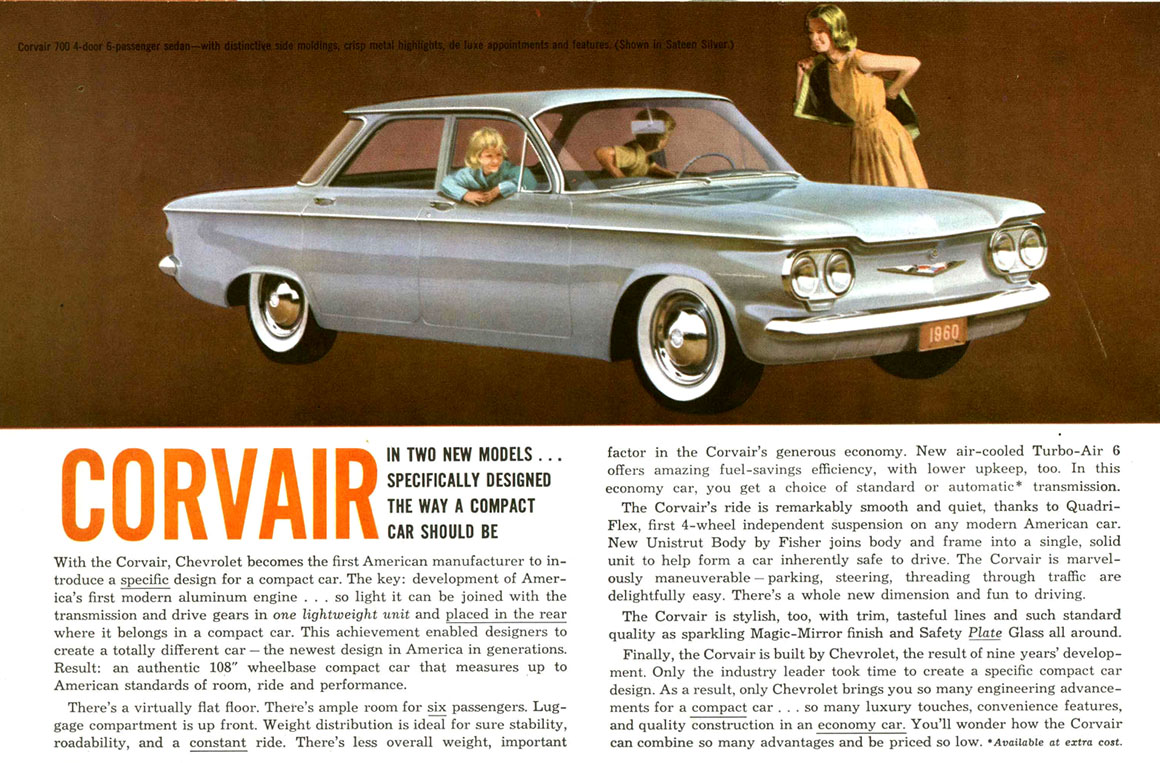
The Corvair was supposed to be GM’s compact car of the future, fuel-efficient and with seating for six adults (who liked snuggling close together) in the sedan, but competition from GM’s own Chevy II (not to mention the Plymouth Valiant and Ford Falcon) knocked down sales, and then there was the publication of a certain book in 1965 and the resulting GM-image-tarnishing dirty tricks against its author.

It should go without saying that the team running the very first Chevrolet Corvair in the series called themselves Unsafe At Any Speed, because what else would you call yourselves? This sporty 1965 Corvair Monza coupe, featuring the improved-for-1965 independent rear suspension instead of the 1960-1964 swingaxle rig, showed up for the 2009 Goin’ For Broken race at Reno-Fernley Raceway in Nevada.

The Unsafe At Any Speed car had 110 screaming air-cooled horsepower when new, and it wasn’t the slowest car on the track.
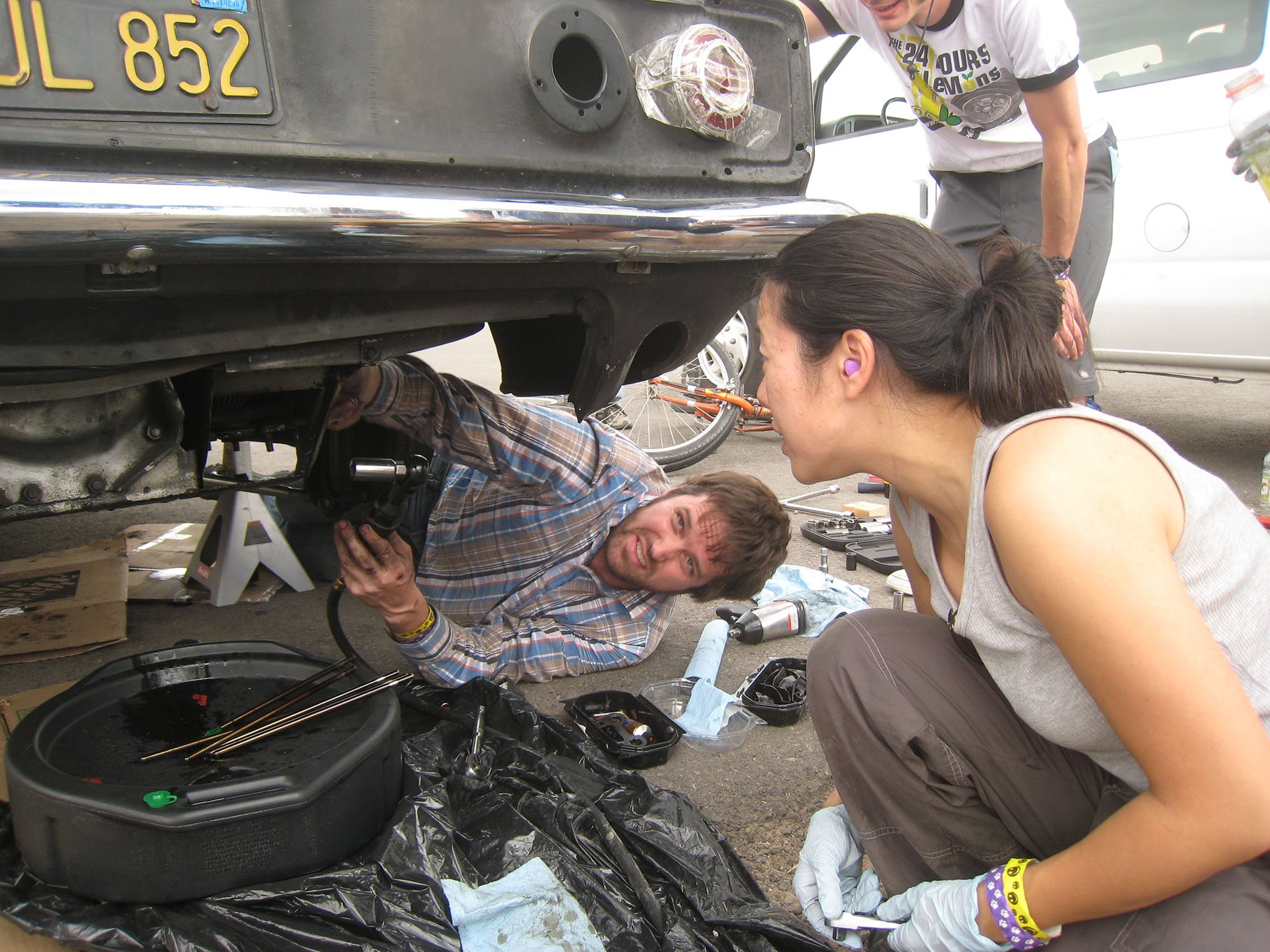
Unfortunately, it melted three pistons early in the going and finished 98th out of 102 entries at that race.
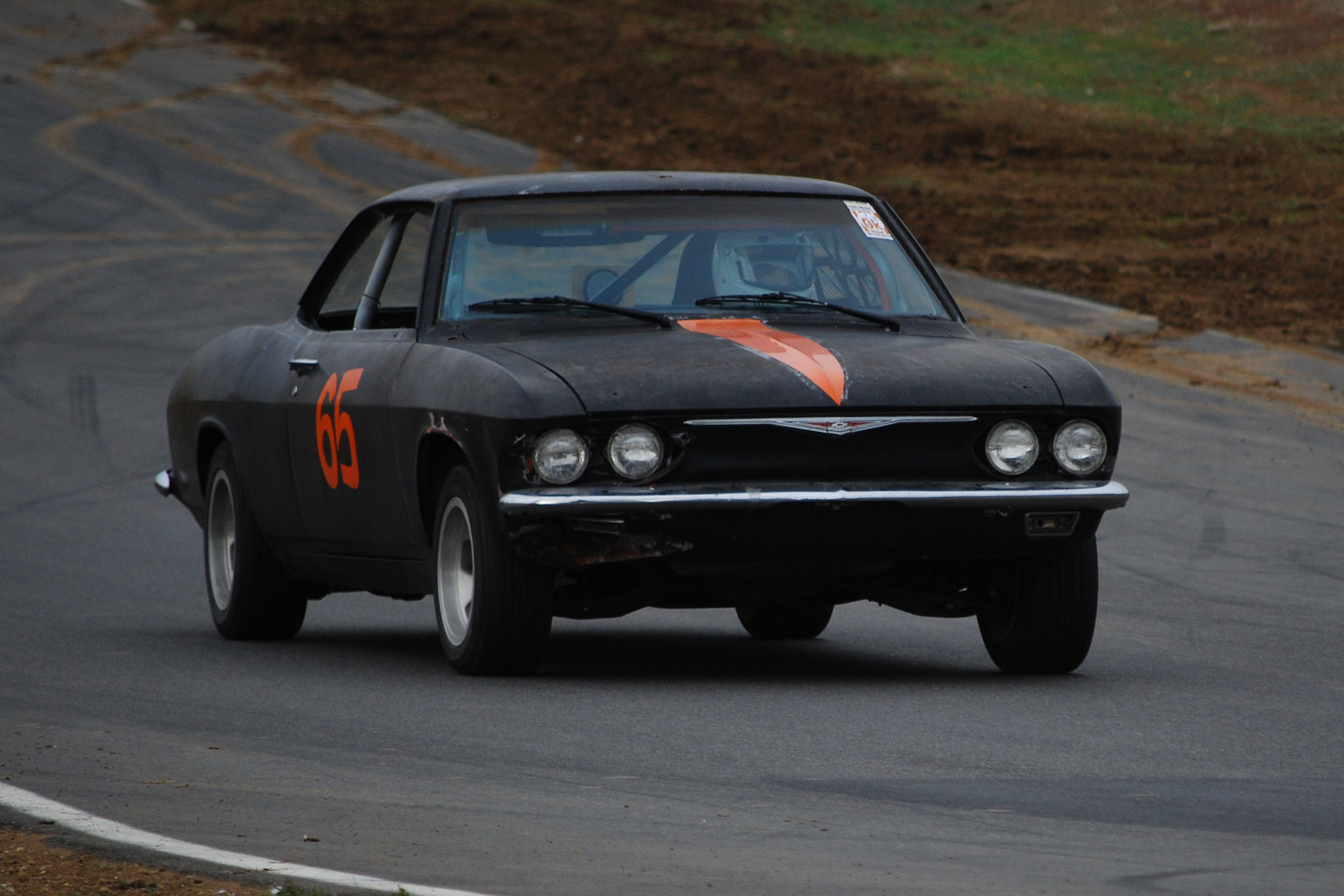
Team Unsafe At Any Speed ran their Corvair race car a few more times, the last one being at the 2011 Skankaway Anti-Toe-Fungal 500 race at Sears Point, where the ’65 finished 145th out of 164 entries.

Since the most obvious team name had already been taken, the next Corvair to compete in the 24 Hours of Lemons had to settle for Nader-themed license plates. The team name: Trailing Throttle Oversteer, which is what happens when a Corvair (or MR2, or Fiero, or VW air-cooled) racer lifts off the throttle during cornering.

Team Trailing Throttle Oversteer brought this extremely stock 1963 Corvair sedan to the 2009 New England race at Stafford Motor Speedway.

Sure, the then-46-year-old Corvair had a few mechanical problems, but Team Trailing Throttle Oversteer finished an impressive 23rd out of 56 entries that weekend.
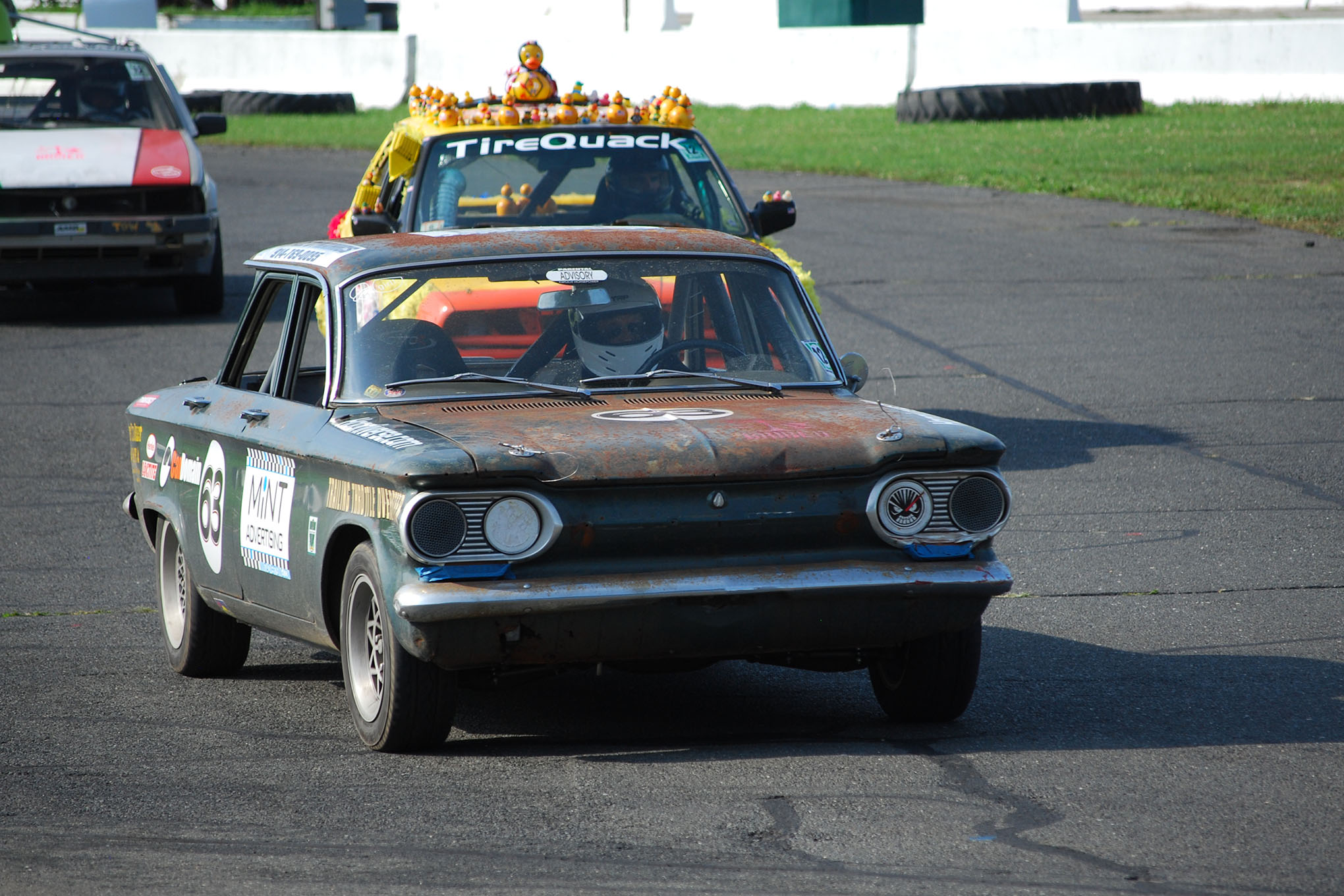
That performance won the team the Index of Effluency. The following year, the ’63 Corvair competed again in Connecticut, finishing 47th out of 77 entries.
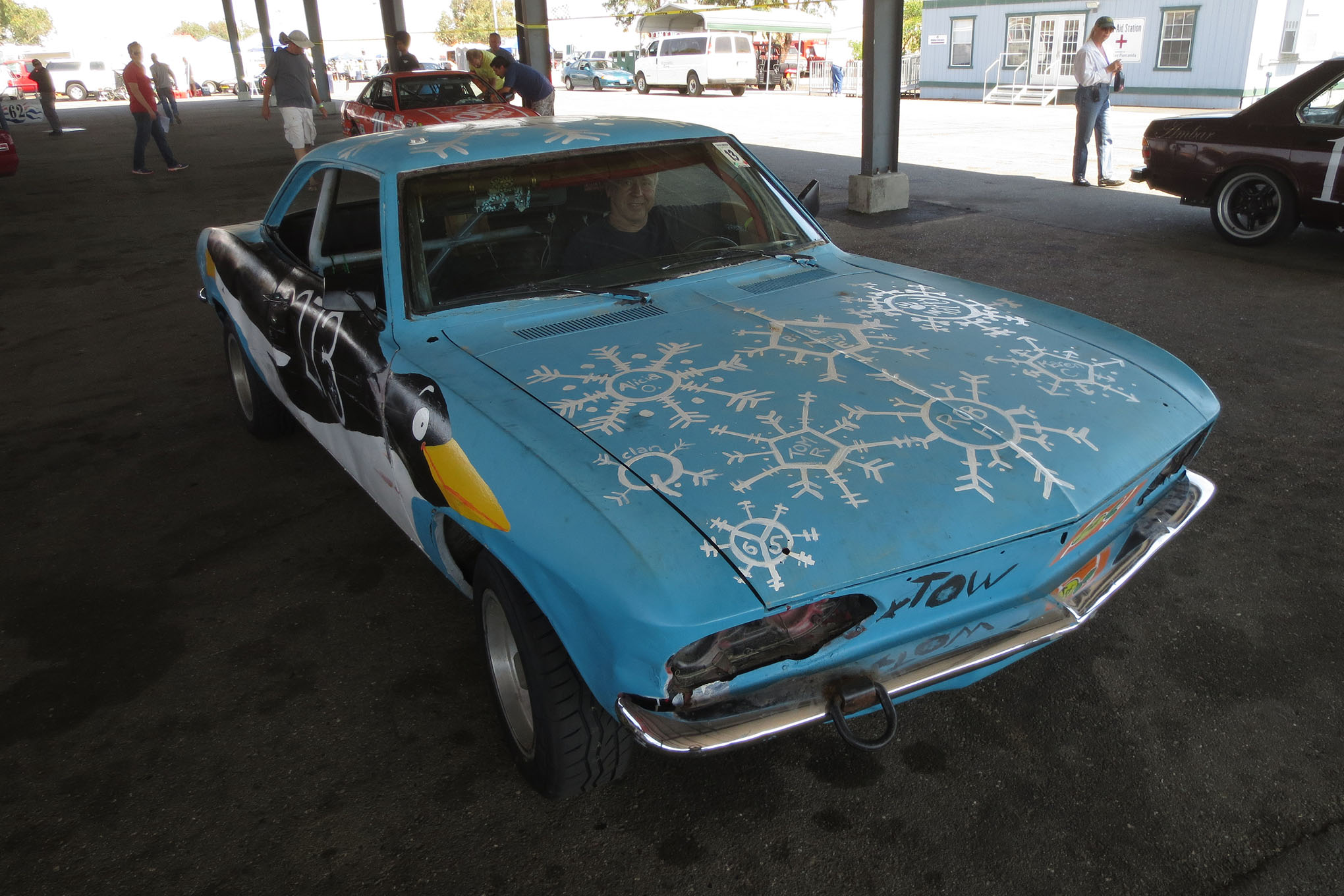
In 2012, the Unsafe At Any Speed Corvair race car reappeared, repainted and in the hands of a new team called Zero Below: Unsafe At Any Degree. The first race for the Zero Below car was the ’12 Vodden the Hell Are We Doing at Thunderhill Raceway in Northern California.
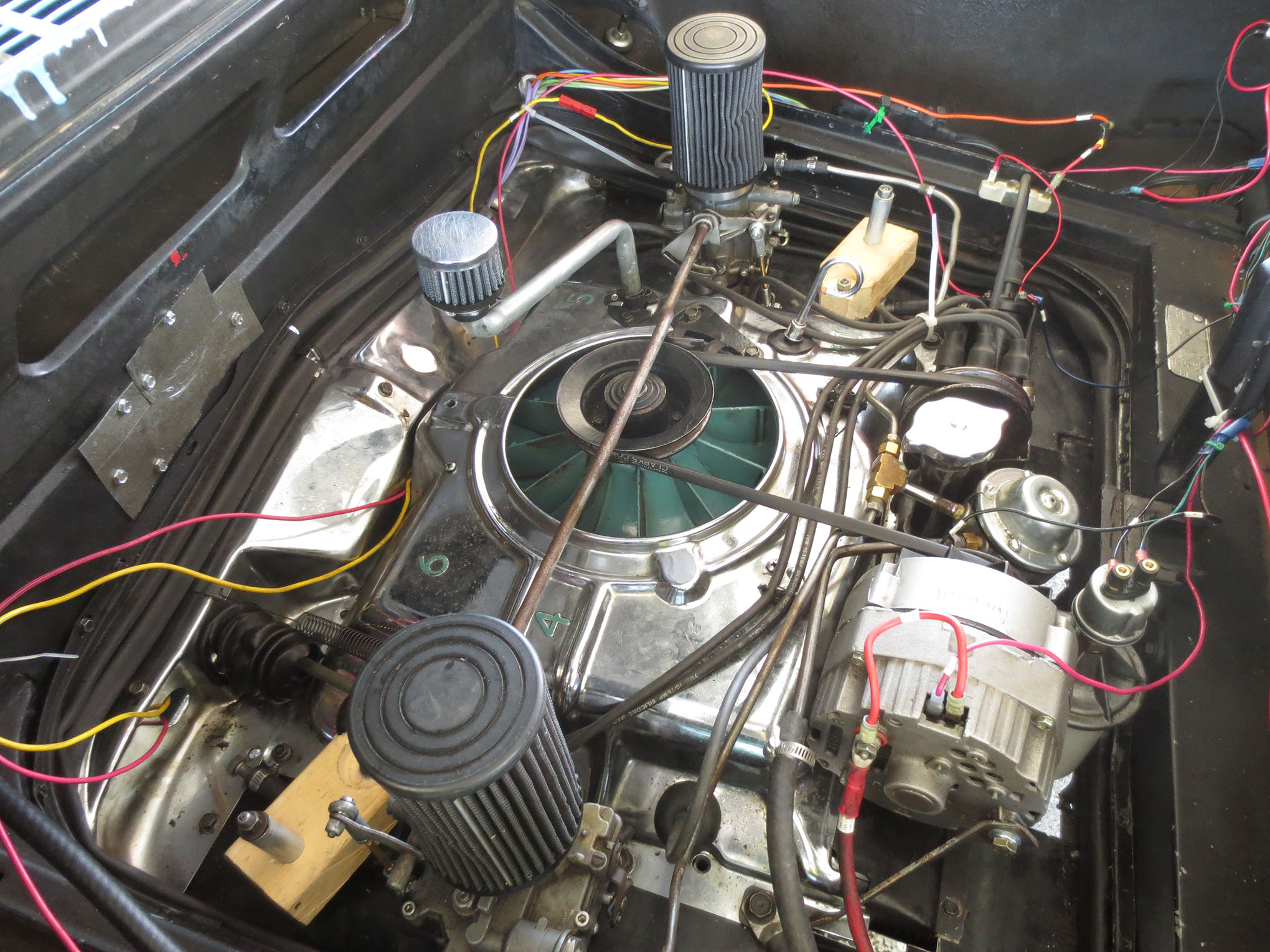
The engine was still the much-abused flat-six, but a P104 finish (out of 166 entries) and some slow-ish lap times gave the team a Very Bad Idea about engines.

After soldiering on with the six through the 2013 season, the Zero Below crew performed a swap that was quite popular during the 1960s, thanks to the availability of cheap bellhousing adapters from J.C. Whitney: a Buick 215 V8, also known as the Rover V8. With this swap, the engine goes where the back seat once lived, converting the humble Corvair into a mid-engined V8 supercar— pretty much the exact same thing as a DeTomaso Pantera.
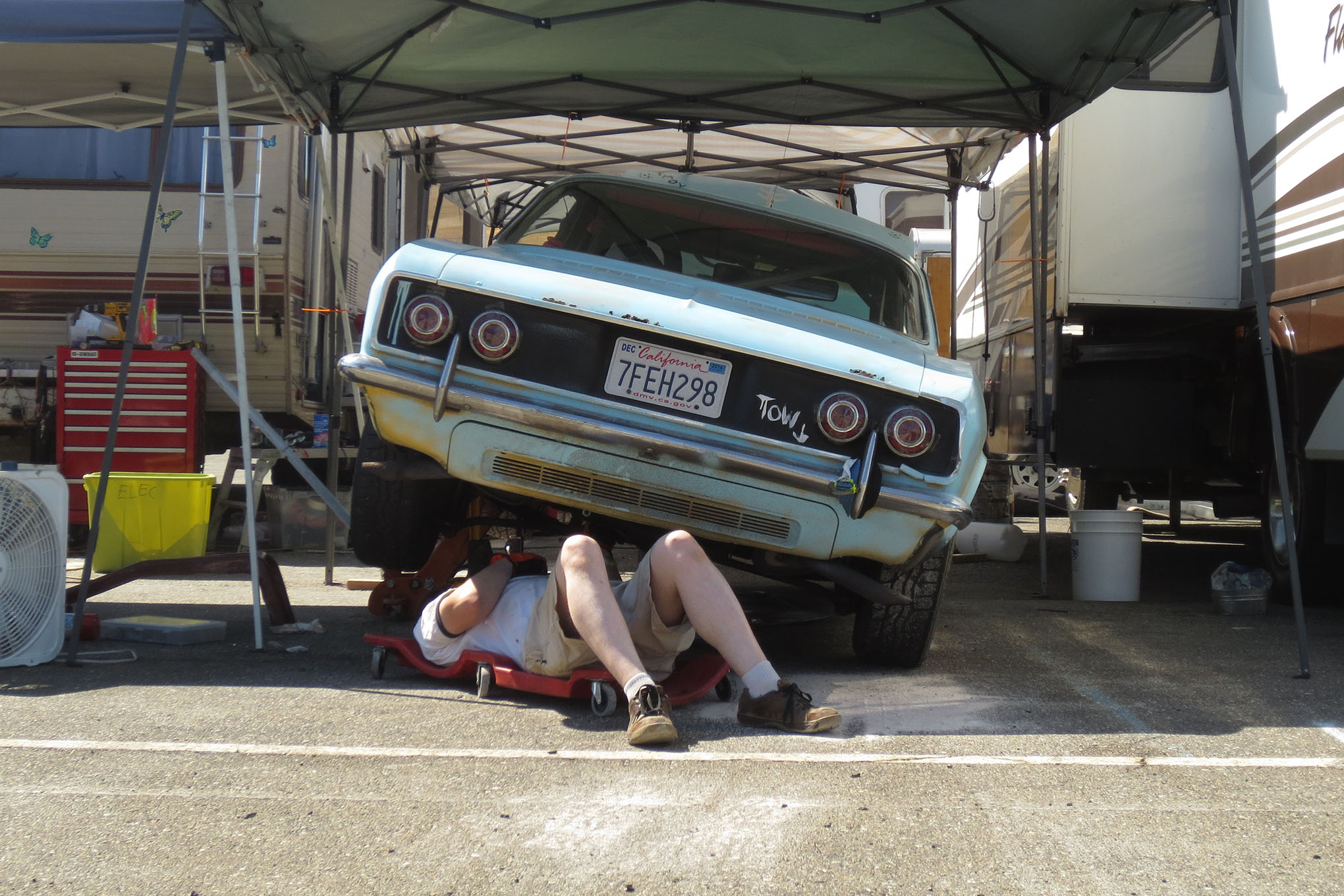
Let’s just say that the 215-swapped Corvair race car had some cooling-system issues at its 2014 races, finishing 214th at the Guinness-record-setting world’s biggest endurance race (a VW Rabbit achieved the honor of 228th place that weekend).

We didn’t know it at the time, but 2014 was the last year we’d see a stock-engined Corvair competing in our series. The Transcontinental Drifters brought this first-year-of-production 1960 Corvair coupe to the 2014 Pacific Northworst race.

The car smoked a lot, but that’s something you expect from 54-year-old machinery getting abused on a race track.
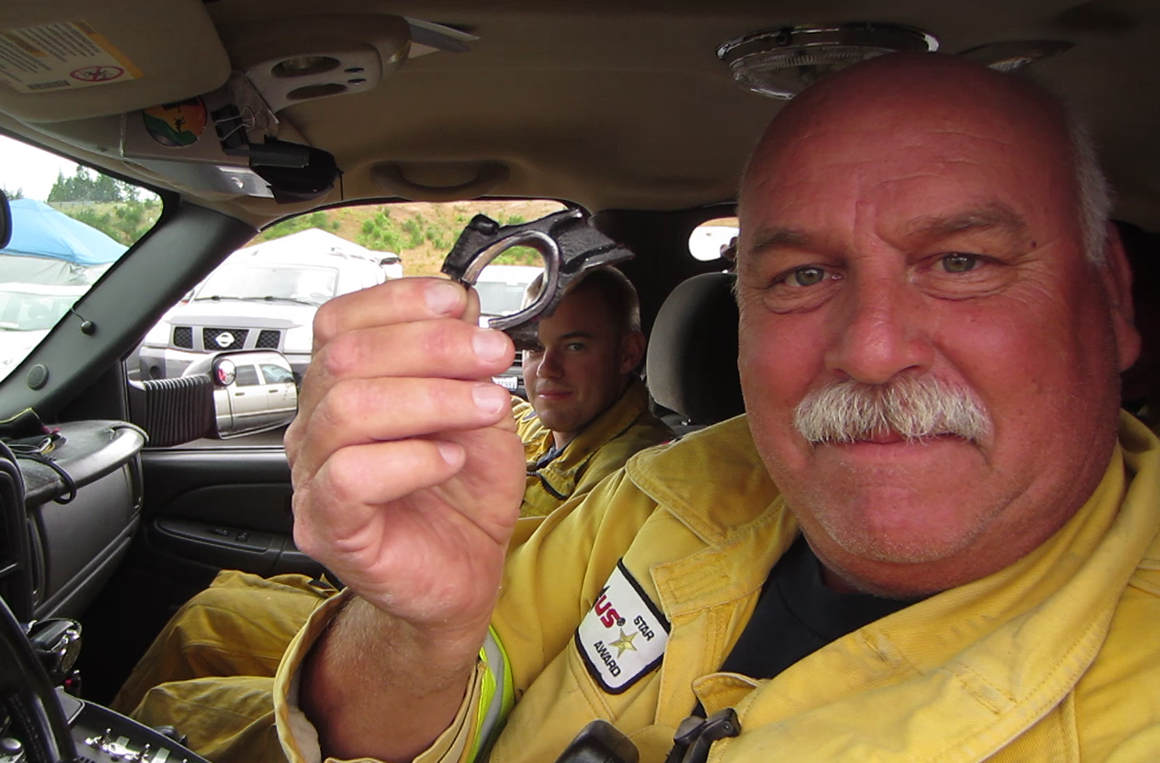
Then something worse than smoke flew out of the Corvair’s engine: a connecting rod blasted a hole in the engine case and went clanking onto the track. That didn’t stop the Drifters, though, and they won the Most Heroic Fix trophy for removing the broken engine pieces, patching up the shattered case, and continuing to race with five pistons.

Freed from the strictures of Corvair engine power (and rear-mounted power in general), the Transcontinental Drifters got to thinking about converting their car to a front-engined setup. What powertrain would be best for such a combination? Something lightweight, powerful, and reliable, perhaps?

Of course not! The Corvair became the Jagvair, making its debut at the 2015 Pacific Northworst race. With the 4.0-liter straight-six and automatic transmission out of a scrap-value XJ40, the Jagvair now had around 220 horsepower.
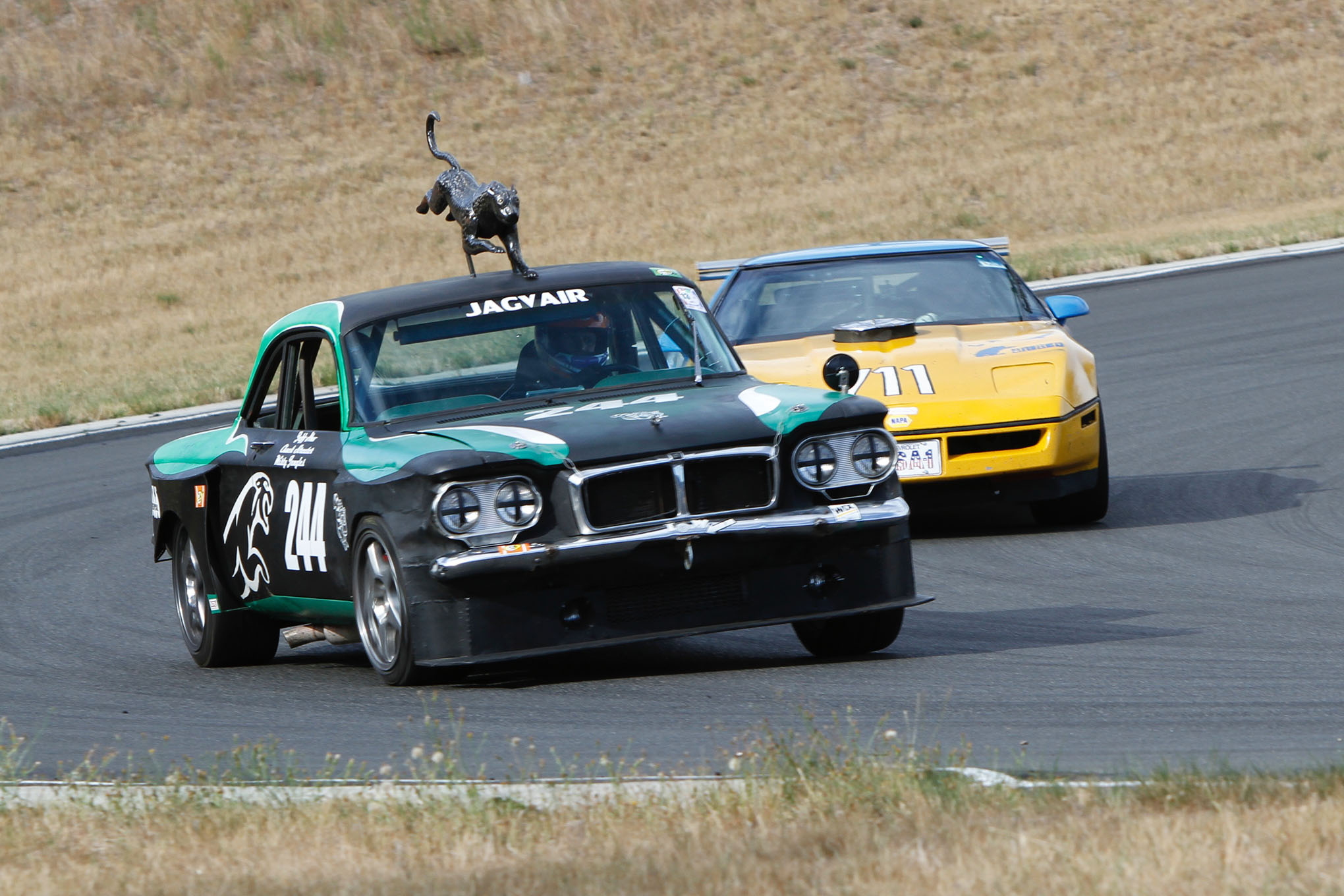
It also got heavily modified Jaguar suspension and brakes, becoming nearly as heavy as an early-1990s XJ6. You’ll want to read the extensive build thread on the Lemons website forums.

The Jagvair had some teething problems but still managed to finish 53rd out of 70 entries at the 2015 Northworst race. The following year, the team got the Jagvair well into the top half of the standings, beating the 2009 performance of Team Trailing Throttle Oversteer to grab the honor of Most Successful Corvair Performance in 24 Hours of Lemons History. The car is still around, but the team has gone on to bigger and dumber things while giving their Corvair race car some time off.
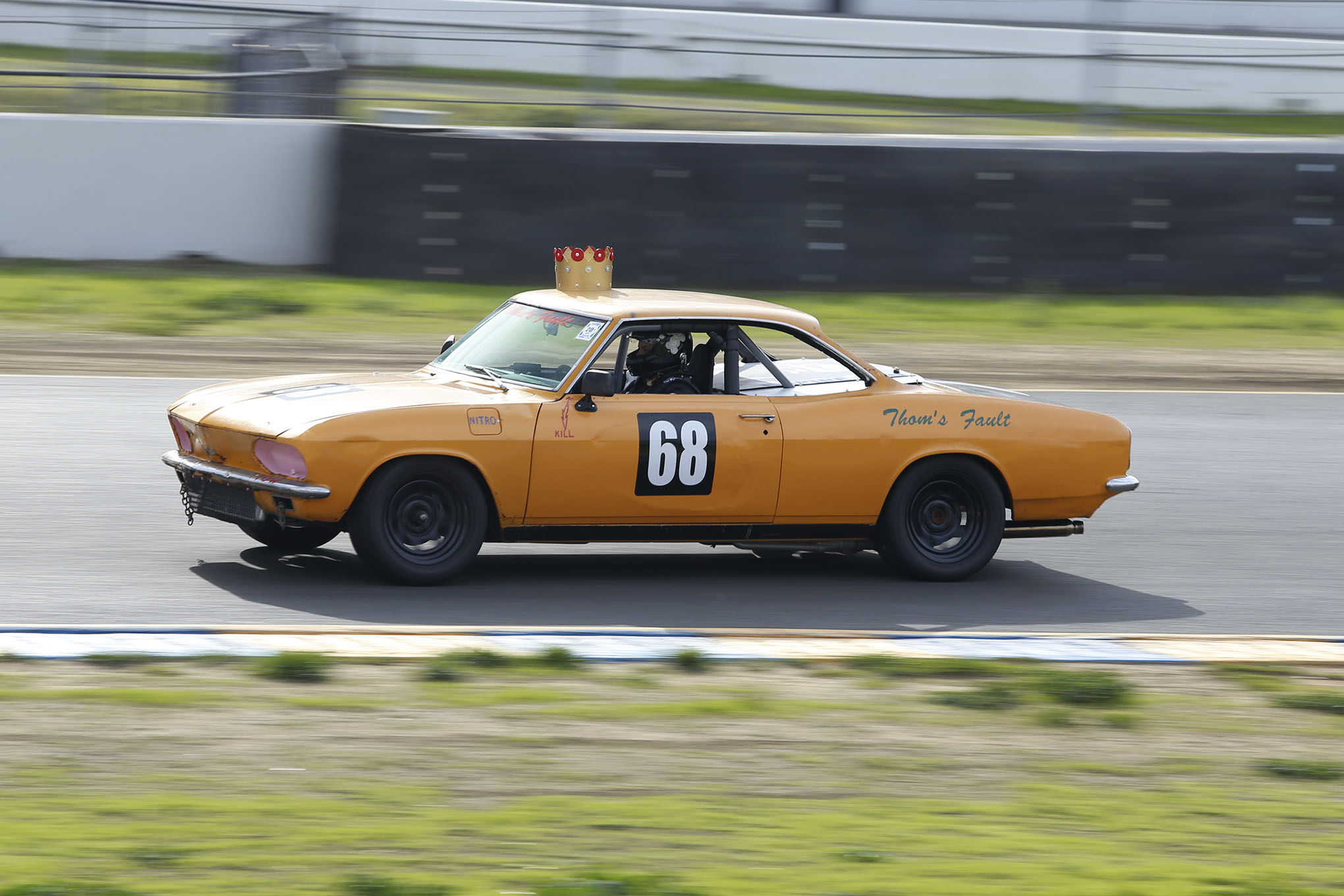
Since 215 cubic inches of Detroit V8 power in a Corvair is good, even more cubes should be even better! Inspired by a Hot Rod article by Thom Taylor extolling the Corvair as “the most technologically advanced American car” (particularly when equipped with the 1960s-vintage Crown Corv-8 engine-swap kit), a Northern California team picked up one of the 6,000 1969 Chevrolet Corvairs built (yes, the Corvair was still being produced in 1969) and dropped a Chevrolet 350-cubic-inch V8 amidships.
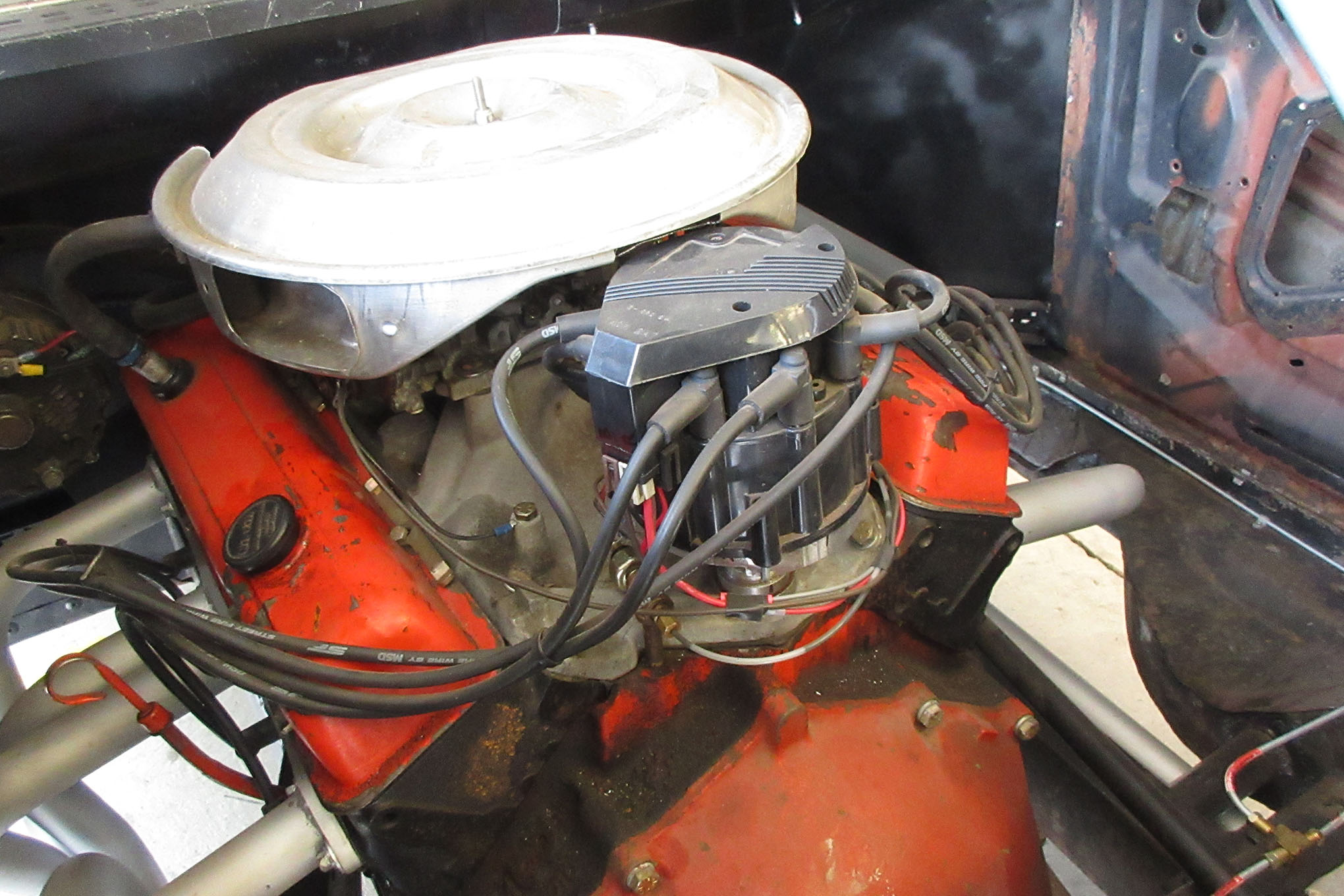
Because this terrible/great idea was inspired by Thom Taylor’s article and uses a vintage Crown swap kit, the team calls itself Thom’s Fault and installed a crown on the car’s roof.
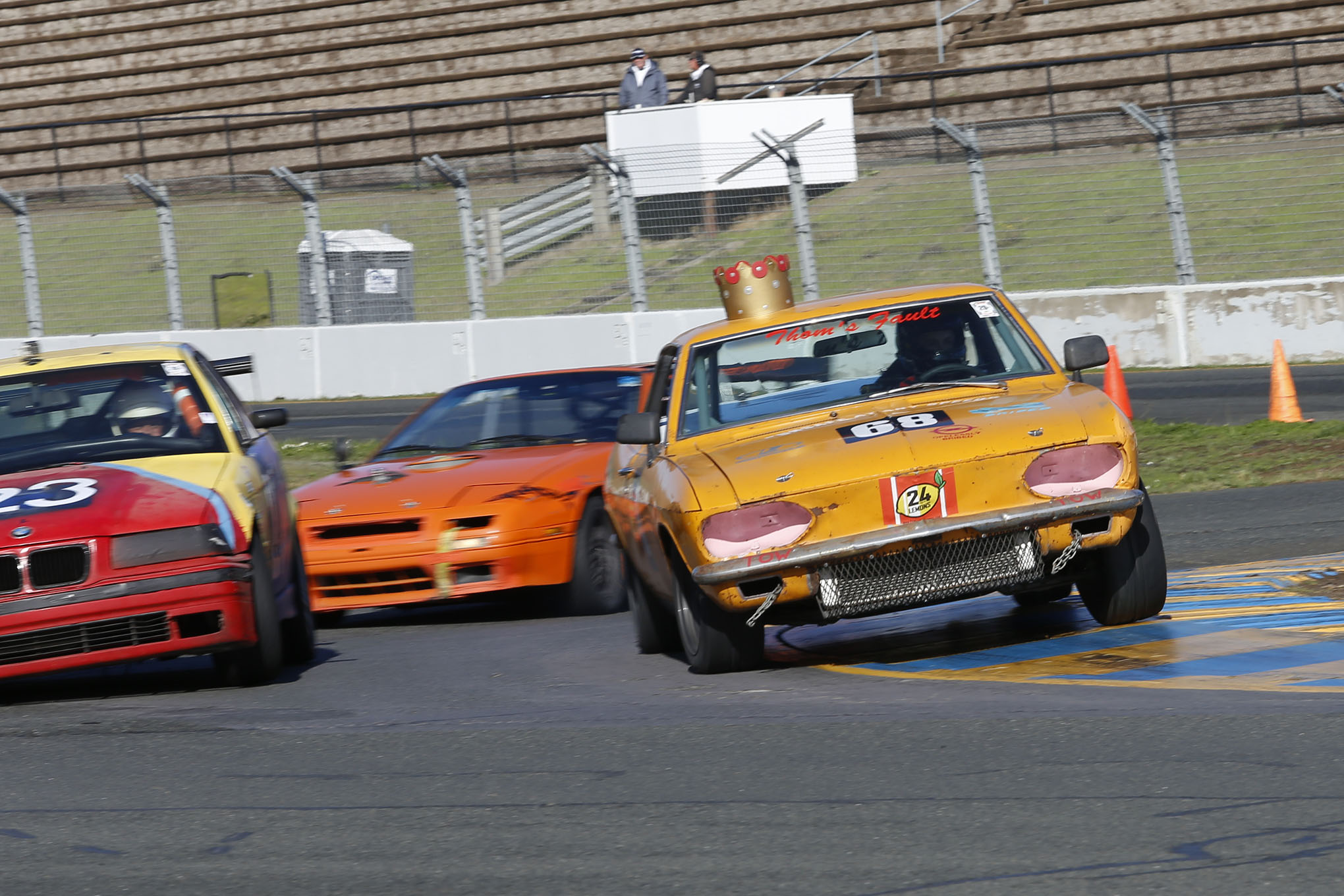
The Thom’s Fault Corvair certainly is the most well-sorted Corvair race carwe’ve seen in Lemons, at least in terms of the team’s ability to put down reasonably quick lap times while avoiding the penalty-box-requiring spinouts that have plagued other Corvair racers. It has competed only at the high-adrenaline Sonoma Raceway at Sears Point so far, one race in 2017 and two more in 2018. In fields with 170 or so entries, the Thom’s Fault ’69 has finished around the P100 mark all three times, a respectable performance against some of the best teams in the Lemons universe. Once this team climbs into the double-digit part of the standings, they’ll be heavy Index of Effluency contenders.
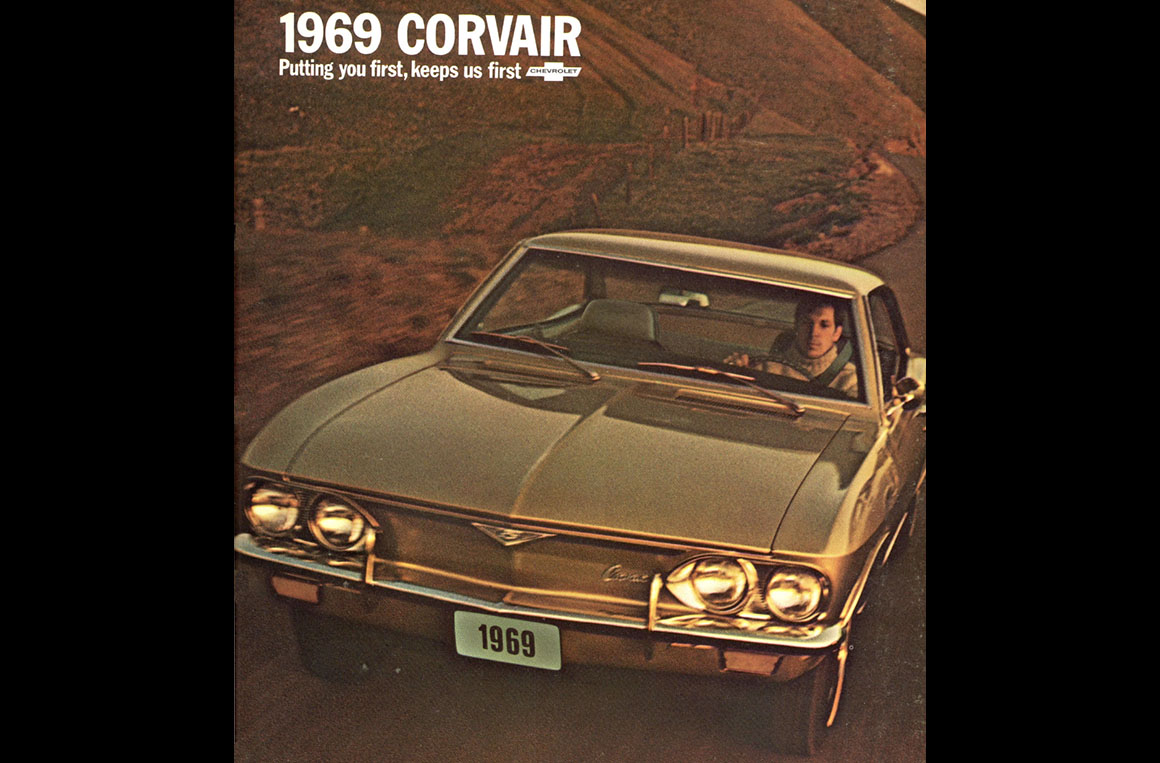
One thing all the 24 Hours of Lemons Corvair teams have in common is that they have more fun at the track than most of the teams running RX-7s or E30s or Mustangs, even when their cars break. Chevy Corvairs are cheap race cars, available for nickels and dimes all over the country and amenable to modifications ranging from mild to mad. We think your team should start shopping for one today!
